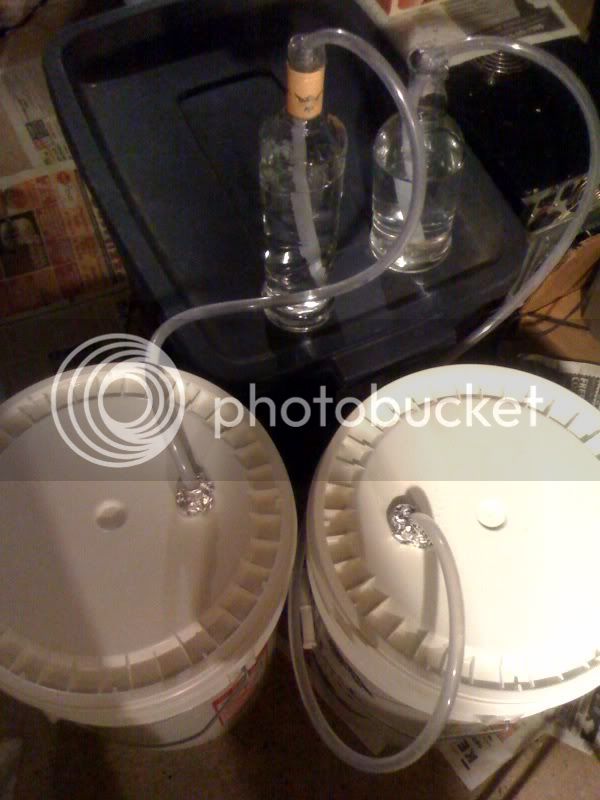Marshach
Member
Newbie question here. I am wondering how many of you use a blow-off tube and how many of you don't. In reading the posts on this forum, some people refer to using a blow-off tube on their primary and some people talk about just going straight to their airlock after pitching.
I have a Northern Brewer starter kit, which has a 6 gallon primary carboy. If I am brewing a 5 gallon batch, do I need to use a blow-off tube during the first few days of fermentation, or would I probably be ok just skipping this step and just putting my airlock on?
As always, thank you in advance for your help.
I have a Northern Brewer starter kit, which has a 6 gallon primary carboy. If I am brewing a 5 gallon batch, do I need to use a blow-off tube during the first few days of fermentation, or would I probably be ok just skipping this step and just putting my airlock on?
As always, thank you in advance for your help.




